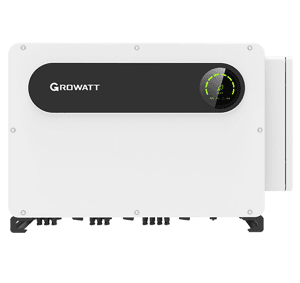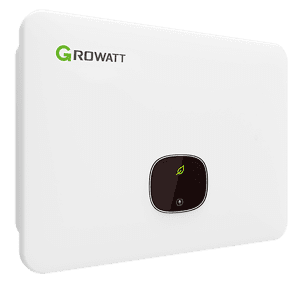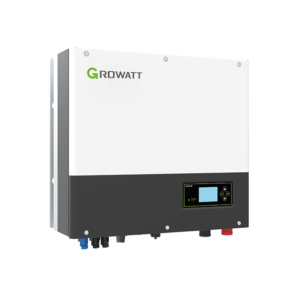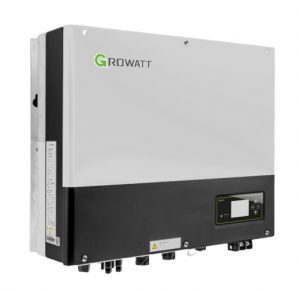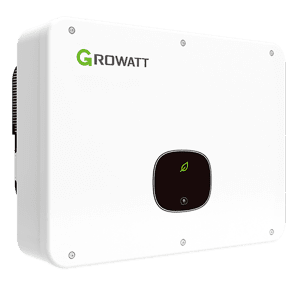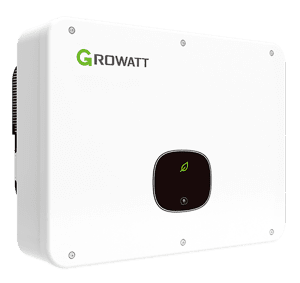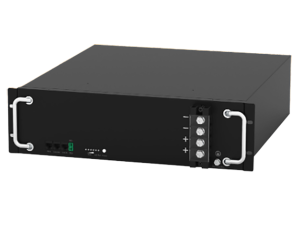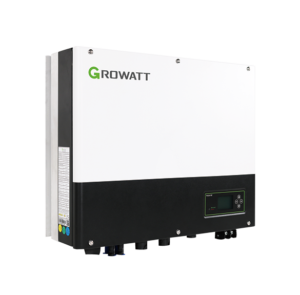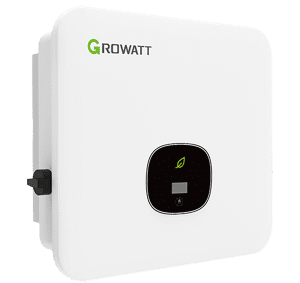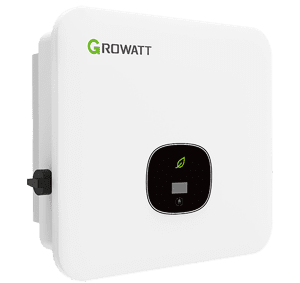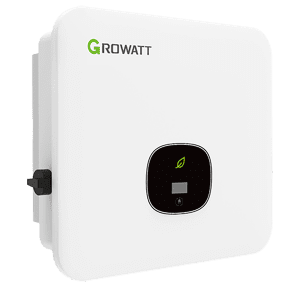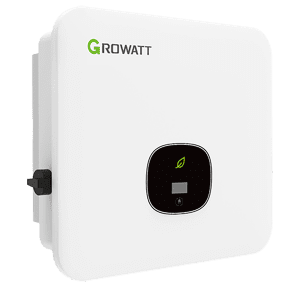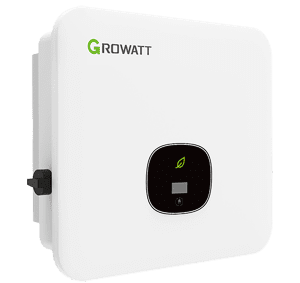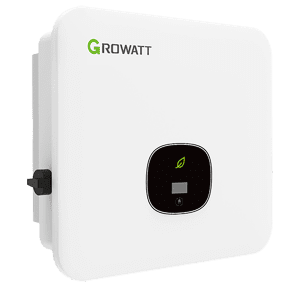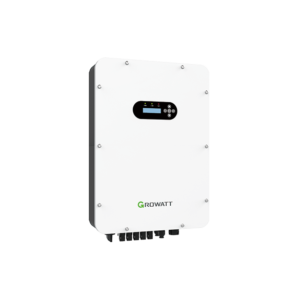Solar Panel Inverters
A solar inverter is a critical component of a solar panel system, as it converts the DC (direct current) electricity produced by the solar panels into AC (alternating current) electricity that our homes can use. The role of a solar inverter supplier is to provide high-quality inverters that are reliable, efficient, and adaptable to the specific needs of a solar panel system.
Choosing the right solar inverter supplier is essential to the success of a solar panel system. A reliable and reputable brand offers quality products with warranty and customer support.
Solar Inverters in UAE.
Solar inverter are designed to meet specific technical specifications to ensure they can handle the unique demands of the local environment and work effectively with solar panels. Here are some common technical specifications for solar inverters.
Power Output: The power output of solar inverters ranges from a few hundred watts to megawatts, depending on the size and capacity of the solar power system.
Input Voltage: Solar inverters typically have a range of input voltages, which varies based on the type of solar panels used. In the UAE, solar panel systems use different voltage ratings ranging from 12V to 1000V.
Efficiency: The efficiency of solar inverters is an important factor as it affects the overall performance of the solar power system. In the UAE, most solar inverters have an efficiency rating of between 95% and 98%.
Maximum DC Voltage: This specification refers to the maximum voltage the inverter can handle from the solar panels. Most solar inverters in the UAE can handle up to 1000 volts of DC.
MPPT (Maximum PowerPoint) Tracker: The MPPT tracker is a feature that allows the solar inverter to adjust the input voltage and current to maximize the power output from the solar panels. Most solar inverters in the UAE have one or more MPPT trackers to optimize the system’s performance.
Monitoring: Many solar inverters come with monitoring capabilities, allowing you to monitor the performance of your solar power system remotely. This helps to identify any issues that may arise and take corrective action.
Protection Features: Solar inverters must have protection features to prevent damage to the system in case of overvoltage, overload, short circuits, or other faults. These features include surge protection, ground fault protection, and anti-islanding protection.
Overall, solar inverters in the UAE are designed to be reliable, efficient, and durable to ensure they can withstand the harsh climate and work effectively with solar panels.
Application of solar inverter
ON GRID Solar energy systems: In this solar energy system, the inverter converts the DC electricity generated by the solar panels into AC electricity, which is then supplied to the power grid. Homeowners and businesses can do this to obtain credits on their energy bills when they sell the utility provider extra electricity.
OFF-GRID solar energy systems: With this kind of solar energy system, the DC power generated by the solar panels is stored in batteries and then converted into AC electricity by an inverter when needed.
Systems that can function both on and off the grid are known as hybrid solar systems. They employ smart solar inverters that can switch between grid connection and battery storage as needed for the most economical and dependable energy supply.
In addition to these uses, solar inverters are essential to a solar energy system’s overall effectiveness and performance. They ensure the system runs securely and dependably for many years and maximize the solar panels’ energy production.
Available solar inverter types
String inverters, microinverters, and power optimizers are the three primary categories of solar inverters.
Solar inverter price in uae
The cost of a solar inverter might vary depending on several factors. Here are a few of the crucial elements:
Power output: Due to its ability to handle more power and the potential need for more sophisticated components, a greater capacity solar inverter will normally cost more than a smaller one.
Efficiency: Inverters tend to cost more than less efficient ones, since they can convert more of the DC electricity generated by solar panels into AC power for use in homes.
Brand and standing
Features: Solar inverters with complex features, such as monitoring systems, compatibility with battery storage, and grid control skills, will often cost more than simpler versions.
Government incentives and regulations may either lower or raise the cost of solar inverters. Incentives like tax credits and rebates can achieve this, while restrictions like import tariffs can do the opposite.
High market demand for solar inverters and on grid solar inverter price in uae may increase prices, while an oversupply may decrease prices.
While cost should be considered when selecting a solar inverter, it should not be the only consideration. When choosing, one should also consider additional elements, including quality and dependability and warranty.
Can battery storage be utilized with a solar inverter?
Yes, many solar inverters operate with battery storage systems, enabling homes to store energy for use during inclement weather or high power demand.
The best collection for buying a solar inverter
To buy a solar panel and growatt inverter dubai, visit our site or consult an expert in this field who can help you find the right solar inverter for your needs and budget.
Frequently asked questions about solar inverter
A: The cost of a solar inverter in Dubai can vary depending on the brand, model, and size.
Solar panels produce DC electricity, but most homes and businesses use AC power. A solar inverter is needed to convert the DC electricity to the AC power needed to run your home or business.
The advantage of using microinverters or power optimizers is that they allow each solar panel to operate independently, increasing overall system efficiency and performance.
The lifespan of a solar inverter varies depending on the type and brand, but most inverters are designed to last between 10 and 20 years. How much does a solar inverters cost in Dubai?
Why do I need a solar inverter?
What is the advantage of using microinverters or power optimizers instead of a string inverter?
How long does a solar inverter last?


